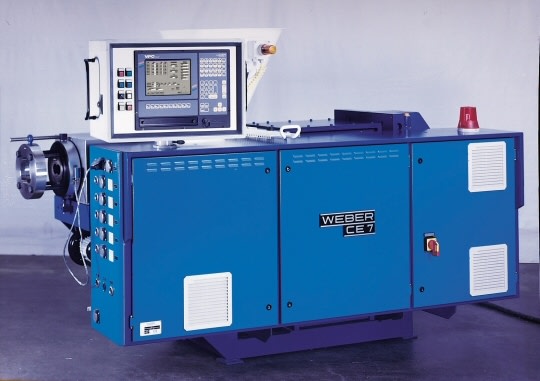Twin-screw extruders have become the preferred process method for producing PE-Xa pipe, due to their ability to offer superior mixing and safe homogenisation without overheating.
Weber twin-screw extruders run at extremely low temperatures and with short residence times and short residence time distribution, serving to avoid any decomposition of the peroxide in the extruder.
The extruders use optimized screws with low friction and minimal dead zones; processors can choose from various screw designs. The machines have optimized die head geometry, with special die coatings.

More recently, Borealis has developed BorPEX HE1878E-C2, a fully formulated compound in mini-pellet form that only requires the addition of peroxide to produce PE-Xa pipe. Mini-pellets are easy to handle and help eliminate housekeeping and safety issues caused by dust.
The pipe is crosslinked immediately after it emerges from the extruder head by heating it with high power short wavelength infrared radiation. The special infrared heating concept is based on the use of wavelengths of light that penetrate the pipe wall, crosslinking the entire wall at once. This process leads to short heating times and also includes special vacuum calibration methods to calibrate the pipe to narrow tolerances.
As a result, pipes with outside diameters of up to 32 mm can be produced at line speeds of up to 25 m/min, with low scrap rates and long continuous production runs. The extruder can be continuously operated without down-time for cleaning.



